6 Customer Service Solutions that Meet Buyer Demands

Consumers demand near real-time responses from companies, which has spurred significant growth and innovation in the customer support software industry.
To meet consumer expectations, enterprises must explore options that will allow them to know who the customer is (and their intent and buying history, as well as past interactions) in order to provide a higher level of service that omits the customer having to explain who they are, what they need at that moment and, worst of all, making them switch channels (like from email to a phone call or live chat to a phone call) to accomplish their goals. In fact, Walker Information predicts that by the year 2020, customer experience will be more important in business strategy than products and price.
To make sure your digital customer service is keeping pace with the competition, check out six of the most innovative customer support solutions below:
1. Expert Personal Shopper (XPS)
Fluid and IBM are merging the lines between online and brick-and-mortar shopping with XPS. Fluid's XPS solution, which is powered by IBM's Watson, enables brands to provide an interactive online shopping experience to their customers. The first adopter of the technology is The North Face.
With XPS, The North Face can offer a dialog-based recommendation engine to help customers find the right products via natural conversations. Shoppers simply need to answer a series of questions, such as who the product is for, as well as where and when they want to wear it. With this information, XPS can refine its recommendations to deliver an accurate result.
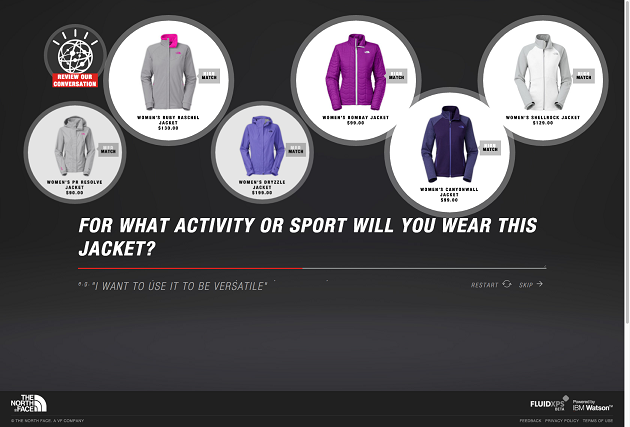
2. Style Advisor
Luxury retailer Mitchells Family of Stores provides another great example of a brand bridging the customer service gap between online and offline commerce. The retailer turned to ThoughtWorks to help bring its commitment to superior customer service to the digital world. Through the partnership, the companies were able to create a customer-centric ecommerce platform the enables 1:1 interactions. In fact, website visitors are able to reserve items to try on in-stores from Mitchells' website, as well as view a comprehensive virtual closet of every purchase made with the retailer and speak with their own style advisor for personalized assistance.
It should be noted that the virtual closet isn't only a handy tool for customers, but also customer service associates. This is because associates can tap into a customer's purchase history to offer up better style recommendations. Plus, the Style Advisor feature enables online customers to get professional fashion expertise from a store associate either via email or phone call. Robin Copland, Vice President of Retail for the Americas at ThoughtWorks, compares the Style Advisor section of Mitchells' site to a Facebook page for the company's style advisors.
"You are able to interact with everyone," said Copland. "They all are professionals, they talk about their interests and it's really cool how they pull you in to this very intimate type of interaction. The way they set it up is really designed to empower a personal interaction."

3. Service via Advocates
Customers tend to trust peer reviews more than information that comes directly from a brand, which is why Needle helps businesses leverage the power of their brand's biggest advocates.
Through the company's Advocate Marketing Cloud, brands can leverage their most loyal customers to answer customer service questions. In fact, Needle helps brands identify shoppers who need help and matches them with advocates in real time. Plus the platform's "Answers" feature enables advocates to provide on-demand answers to customers who may not want to engage in a conversation but have questions that could prevent them from completing their purchase. For example, shoppers can ask a question on a product page and receive a pre-populated answer from an advocate immediately.
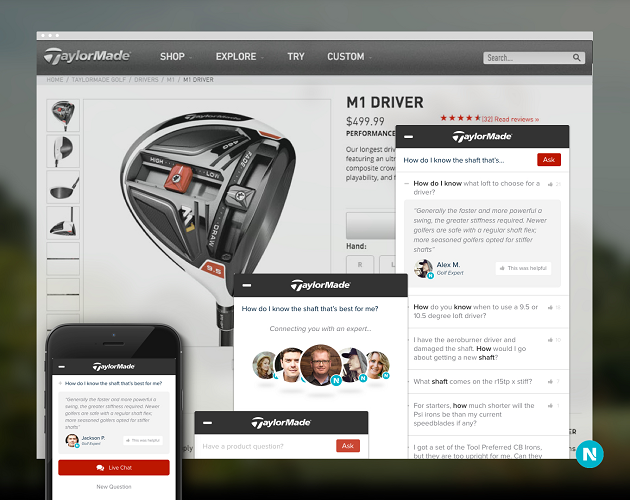
4. Businesses on Messenger
Messaging platforms are quickly becoming the preferred customer service method, with data from call center software provider Aspect showing that 38 percent of consumers would rather use messaging apps to engage with customer service than make a phone call. Perhaps the most popular messaging app for customer service is Facebook Messenger.
Brands can leverage integrations from customer service solutions like Conversocial, Zendesk or Zotabox to deliver customer service through Facebook's popular messaging app. With the integrations, brands can respond to customers in real-time, share order confirmations and shipping status updates with push notifications, as well as support conversations with relevant images and videos.
Bonus: Step up your social customer service initiatives with Website Magazine's 'Become a Customer Service Pro on Facebook."
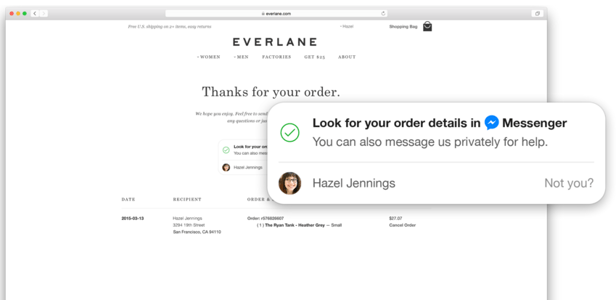
5. SMS Messaging
In addition to messaging apps, brands can use old fashion text messages to communicate with their customers. TouchCommerce, for instance, offers a SMS solution called TouchSMS. The solution leverages native text messaging capabilities on mobile devices to engage consumers for timely and personalized interactions with brands.
While some brands already use one-way SMS notifications, many don't offer a way to hold a two-way conversation with a live representative. TouchSMS, however, provides this functionality, even enabling users to invite consumers from an offline and/or offsite medium to an on-the-go conversation.
The solution also can be leveraged to improve conversions, as it enables consumers to respond to promotional messages, inquire about a product, refill orders, check on the status of an order, schedule or change appointments, find a store location, reset passwords and more.
Lastly, it is important to note that TouchSMS is still responsive if all chat agents are busy, as brands have the ability to place the customer in a queue with a customizable message or direct the customer to a different service channel.
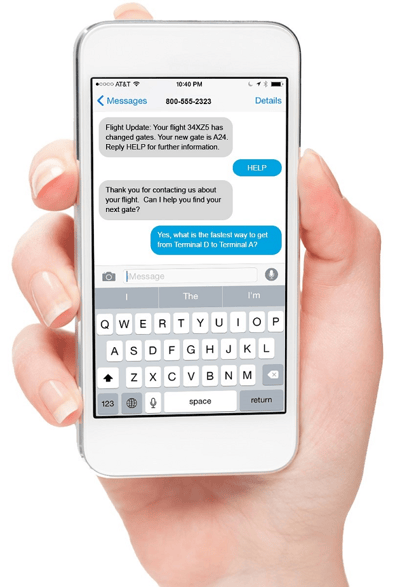
6. In-App Support
Mobile-first businesses need to offer streamlined customer support, and this is where Hotline.io comes in handy. The service from Freshdesk enables businesses to offer native, in-app customer support in real-time. What's more, Hotline provides agents with tools to handle high volumes of time-sensitive inquiries.
"Phone and email are not ideal channels for mobile app users. Mobile-first businesses face a unique set of challenges that need specific solutions," said Girish Mathrubootham, CEO, Freshdesk. "Support needs to be in-app, engagement should be real time, context must be readily available, and the solution has to be massively scalable. We built Hotline with these in mind."
In addition to real-time support, Hotline allows businesses to proactively engage with customer segments via in-app announcements, status updates, promotions and other targeted messaging.
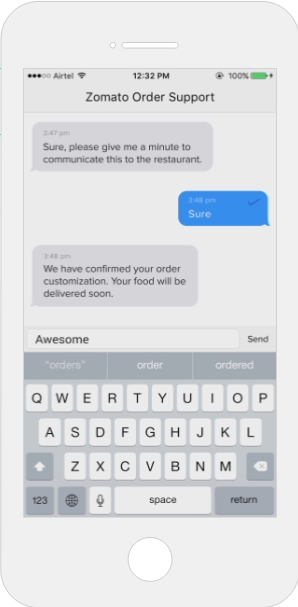
These are far from the only innovative solutions available in the customer service industry. Add your favorite customer service offering in the Comment Section below.








